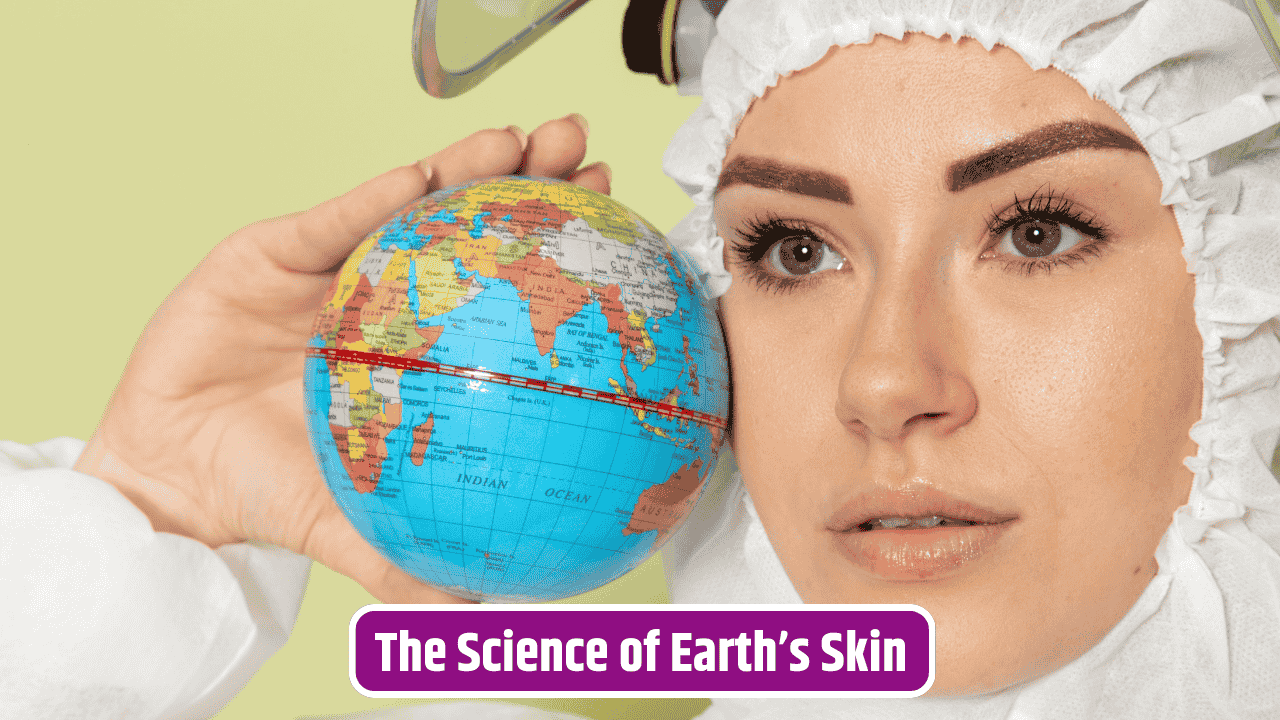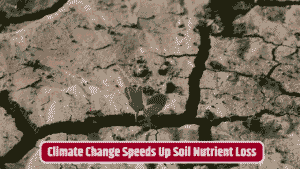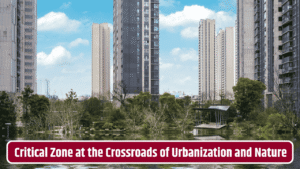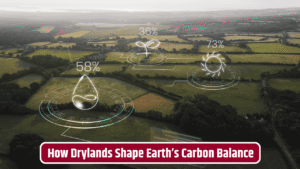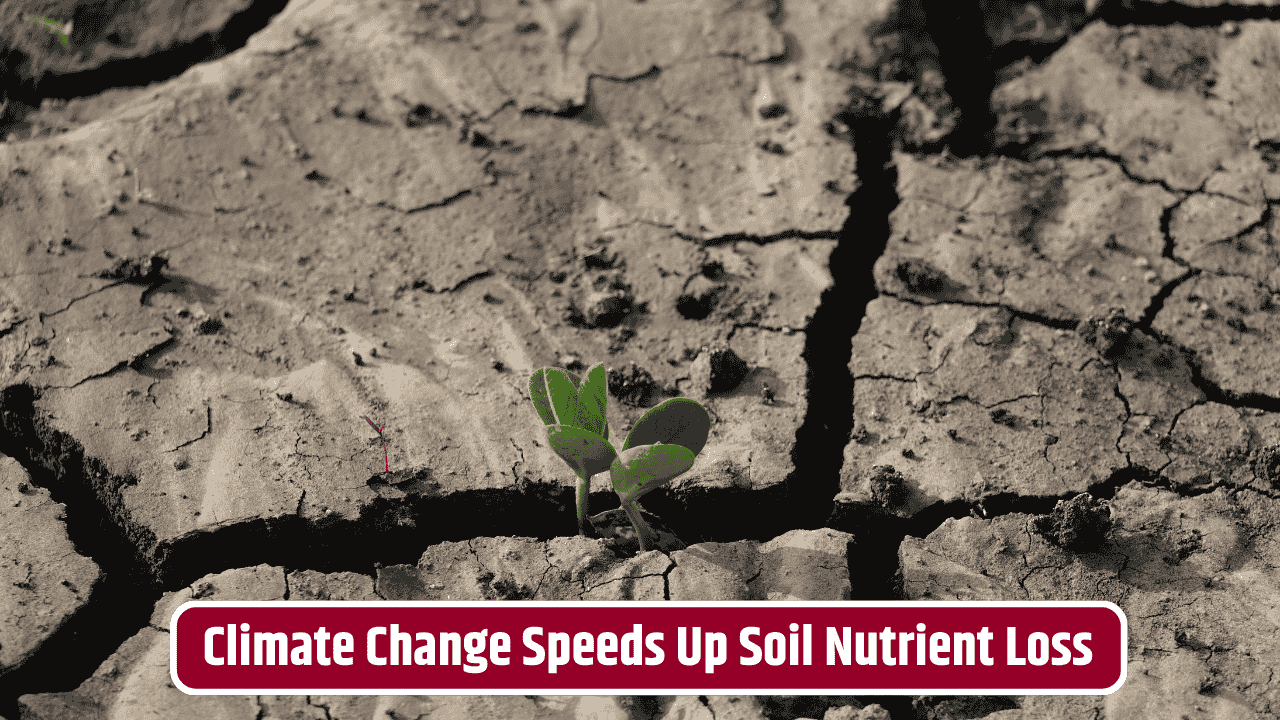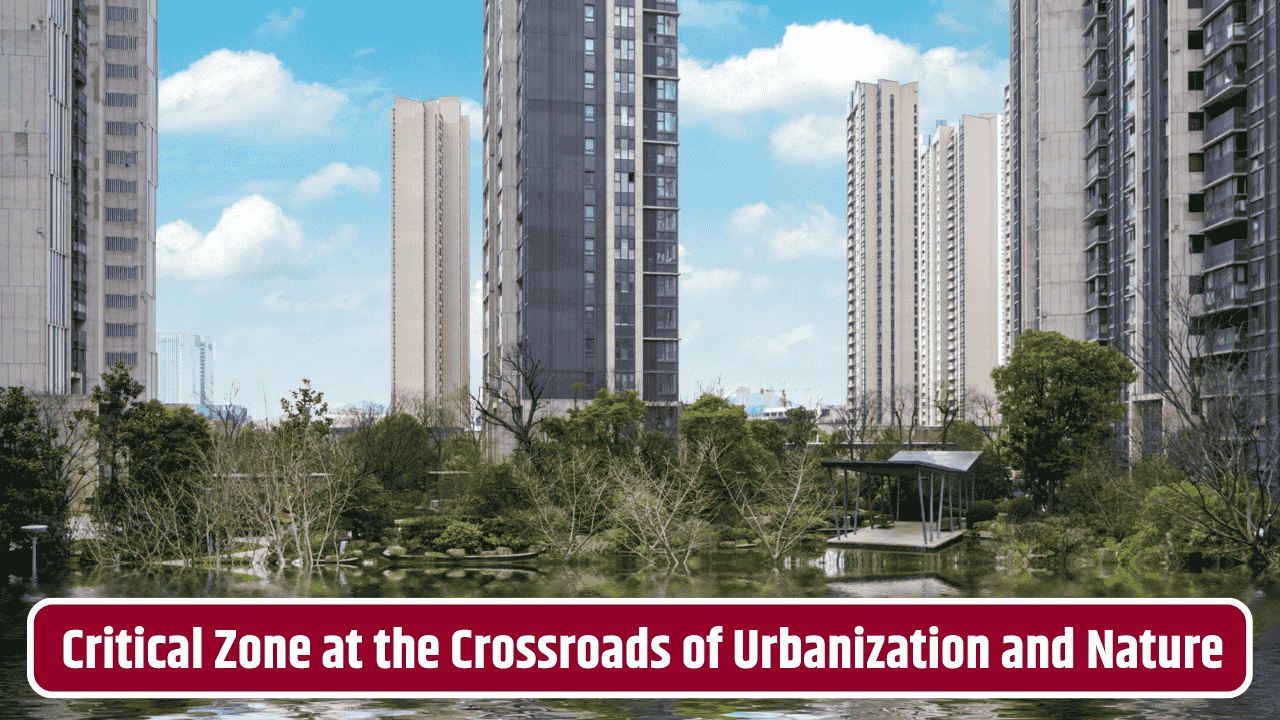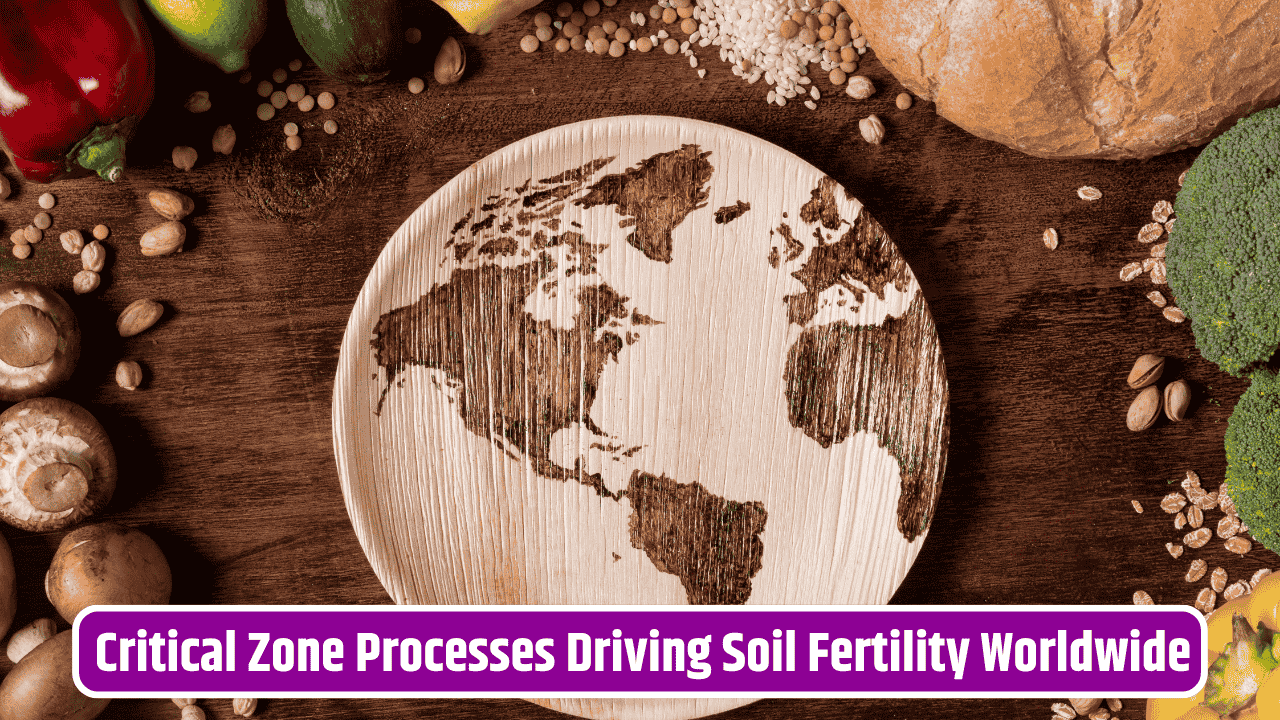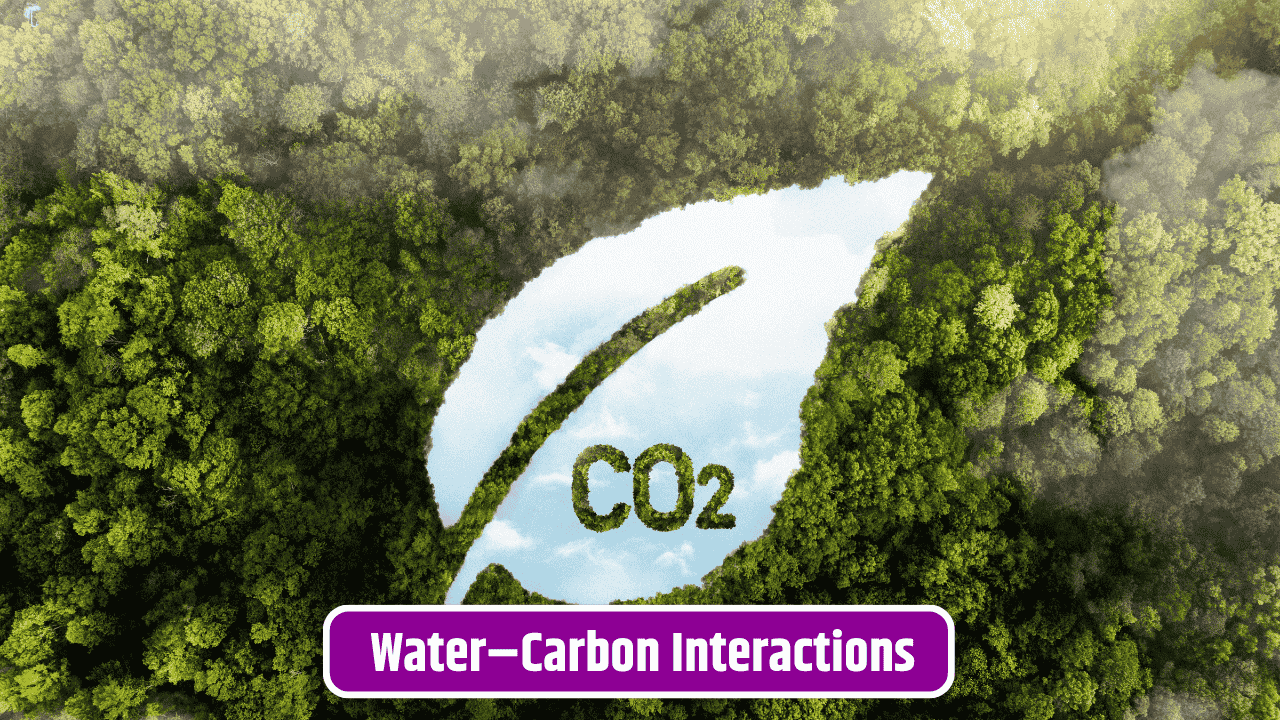You know how we put on sunscreen to protect our own skin from burning up in the sun? Well, Earth’s got skin too. Not in a literal sense, of course, but the comparison isn’t too far-fetched. From the fragile ozone layer floating high above us to the thin topsoil beneath our feet, Earth’s “skin” is what keeps life thriving. And lately, it’s been taking a beating like never before. Climate change, pollution, reckless deforestation, over-farming—you name it, we’ve been chipping away at the very barrier that stands between survival and collapse.
Table of Contents
What Do We Mean by Earth’s “Skin”?
Think of the planet as a living body. Just like we have layers of skin shielding our organs, Earth has protective layers too. The most obvious one is the atmosphere—especially the ozone layer—which filters out harmful ultraviolet radiation. Then there’s the thin crust of soil covering the continents. It may only run a few inches deep, but it’s what grows our food, filters our water, and anchors entire ecosystems. And don’t forget the forests and wetlands—natural buffers that regulate temperature, store carbon, and keep the balance in check.
When scientists talk about Earth’s skin, they’re often referring to these delicate protective layers that sustain life. If they weaken, we feel the impact immediately: crops fail, diseases spread, weather patterns go haywire.
Why It’s Under Threat
The ozone layer, which was once on the brink of collapse due to chlorofluorocarbons (CFCs), has slowly been healing thanks to international agreements like the Montreal Protocol. But greenhouse gases are still punching holes in the atmosphere in another way—by trapping heat. According to NASA, the last decade was the hottest on record, with extreme heatwaves becoming the new normal.
Meanwhile, soil—the literal skin of the Earth’s surface—is eroding at alarming rates. Overfarming, urban sprawl, and chemical-heavy agriculture have left once-fertile lands barren. The United Nations estimates we’re losing 24 billion tons of fertile soil every year. That’s not just dirt blowing away—it’s the foundation of food security.
Then there are forests, our planet’s green shield. Deforestation in the Amazon, for example, has cut deep wounds into Earth’s skin. What’s worse? Forests that once absorbed carbon are now releasing it, accelerating climate change.
| Earth’s “Skin” Layer | Function | Current Threat |
|---|---|---|
| Ozone layer | Blocks harmful UV radiation | Still vulnerable to chemical pollutants |
| Soil/topsoil | Grows food, filters water, sustains ecosystems | Erosion, chemical depletion, overfarming |
| Forests/green cover | Stores carbon, regulates climate, hosts biodiversity | Deforestation, wildfires |
| Wetlands & oceans | Absorb carbon, regulate weather | Pollution, warming, acidification |
Why Protection Matters More Than Ever
Here’s the kicker: Earth doesn’t regenerate its “skin” as quickly as we heal from a sunburn. It takes centuries for new topsoil to form, decades for forests to recover, and years for the ozone layer to repair. Yet we’re damaging them in mere moments with unsustainable choices.
Protecting these layers isn’t some abstract eco-friendly goal—it’s about survival. Food prices, air quality, disaster frequency, even the spread of pandemics all tie back to how well we’re caring for Earth’s protective shields. When soil gets weak, farmers use more chemicals, which then seep into our water. When forests vanish, temperatures spike, leading to more wildfires and heat-related deaths. It’s all connected.
What Can Actually Be Done
The good news? We’re not powerless. The Montreal Protocol proved that global cooperation can heal planetary wounds. On the soil front, sustainable farming practices like crop rotation, no-till farming, and organic fertilizers are slowly gaining traction. On the forestry side, reforestation projects and stricter anti-logging laws are making a dent.
Even at a personal level, choices add up—supporting regenerative farming, cutting down on single-use plastics, pushing for policies that prioritize green infrastructure. Governments are already investing in climate-smart agriculture and conservation programs. For instance, the USDA’s Natural Resources Conservation Service funds soil health initiatives that help farmers adopt sustainable methods.
Fact Check
The idea of “Earth’s skin” is a metaphor, not a new scientific concept. But the threats to ozone, soil, and forests are very real. The EPA confirms the ozone layer is healing, though still fragile. The FAO and UNCCD report alarming rates of soil degradation worldwide. Deforestation data from World Resources Institute shows tropical forests continue to disappear at the size of 10 football fields every minute. So while the “skin” imagery is poetic, the crisis it represents is scientifically grounded.
FAQs
Is the ozone layer still depleting?
It’s slowly healing, thanks to reduced use of harmful chemicals, but scientists warn it remains fragile and vulnerable.
Why is soil erosion such a big deal?
Because soil takes centuries to form but can be destroyed in a single season of overuse. Without it, agriculture collapses.
How do forests act as Earth’s skin?
They store carbon, regulate temperature, protect biodiversity, and act as buffers against extreme climate events.
What’s the biggest threat to Earth’s protective layers right now?
Climate change, driven by greenhouse gas emissions, combined with deforestation and unsustainable farming.
Can individuals really make a difference?
Yes—through choices like supporting sustainable products, reducing waste, conserving energy, and advocating for stronger policies.

